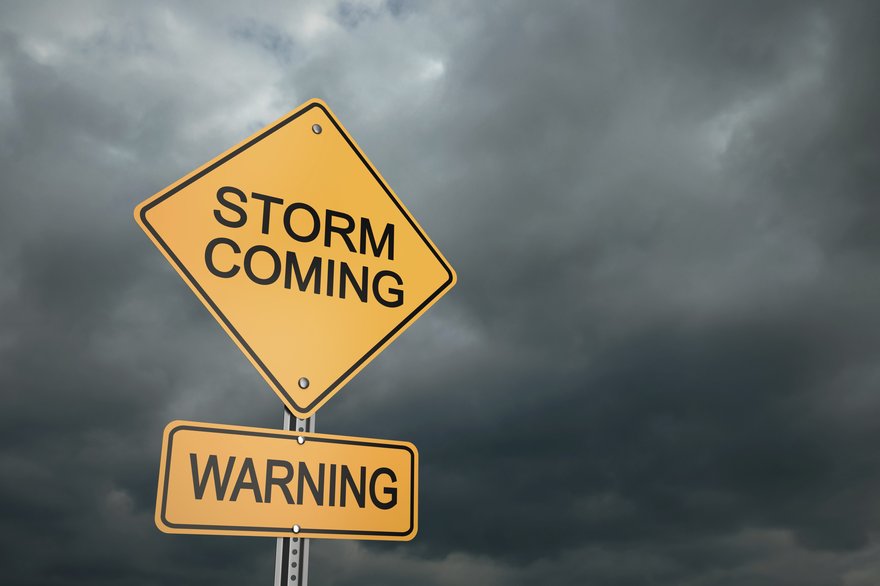Hurricane Sandy, which devastated Jamaica and parts of Haiti, Cuba and the Bahamas before delivering a massive blow to the US northeast in October 2012, led data center operators, customers and building owners to think much harder about fuel pumps, details of the utility grid they are on and fuel delivery contracts.
Providers, customers and building owners on the southern tip of Manhattan – where some facilities were flooded and power was out for weeks – now have to ask more about resiliency.
“We’ve seen a focus on fuel pumping methodology like we’ve never seen before,” Donough Roche, VP of sales engineering at Digital Realty said referring to customer requests. Roche works at Digital Realty’s data center in the massive Google-owned carrier hotel at 111 8th Avenue.
Customers are asking a lot more about how the data centers are designed and operated, he says. Another big concern is getting to the facilities or leaving the neighborhood when disaster strikes. Authorities blocked roads in Sandy’s aftermath and people – including fuel truck drivers – were having trouble getting in and out of lower Manhattan. Building owners on the island are doing a lot of work to move as much electrical infrastructure out of basements as possible. The flood caused by Sandy brought water into basements, flooding and damaging electrical equipment so it couldn’t be used even if there was enough fuel on site.
The utility approach
The biggest post-Sandy project in Manhattan (and its vicinity) is being carried out by ConEd, the utility that serves the area. Calling it a ‘project’, however, is grossly understating its scope. The four-year US$1bn program that kicked off in 2013 includes improvements to gas, electrical and steam infrastructure.
The project will see as much substation equipment above ground level raised as is possible and equipment that must stay below ground will be replaced with ‘submersible’ gear. The most ambitious project under the program will see three electrical networks split (two in lower Manhattan, one in Brooklyn) into smaller bits so when electricity has to be shut off in one area the entire neighborhood does not have to lose power.
The two networks at the southern tip of Manhattan, also known as the Battery, are called Fulton and Bowling Green. “These two electrical networks will be reconfigured so that we can turn off service to customers near the coast without turning off service to customers that are more inland,” Allan Drury, a ConEd spokesman, said.
A few hours before Sandy made landfall on the US east coast on the evening of 12 October ConEd pre-emptively shut off power in lower Manhattan and Brooklyn. A storm tide was coming in higher than had been expected and power had to be shut down because a lot of the electrical infrastructure was going to be flooded.
“If those networks are carrying live electricity and they are deluged with salt water, the damage would be extensive, and it would take longer to repair, and it would keep customers out of service longer,” Drury explained.
ConEd expects the planned reconfiguration to substantially reduce customer impact if the coast is flooded again. It estimates that as much as 92% of customers on those two networks will have power even if service is shut off by the coast.
Roche said he welcomes the change, saying it will be nice to know 111 8th Avenue will remain powered if there is a flood some three miles south. “From an electrical grid management perspective … yeah it certainly sounds like an attractive proposition,” he said.
Preparing for more
The project is expensive but severe weather has been hitting New York more frequently so ConEd is gearing up for an even more disaster-prone future. Sandy caused more customers (about 1.1m) to lose power than any other storm in the utility’s history. Tropical storm Irene set the previous record just ten months prior, leaving about 200,000 customers without power. “It took us many years to get to a storm that caused 200,000 outages or more, and then it took only one year to beat that record, and we not only beat it, but we blew past it,” Drury said.
Snow storms and tornadoes have also been intensifying. “It’s clear that these extreme weather events are becoming more frequent and severe,” he said.
“We have an obligation to protect our customers and our critical equipment and that’s what we plan on doing.”
You can read more on the New York market in FOCUS 34, out now. Read the digital edition here or download the iPad edition at DCDFocus.

